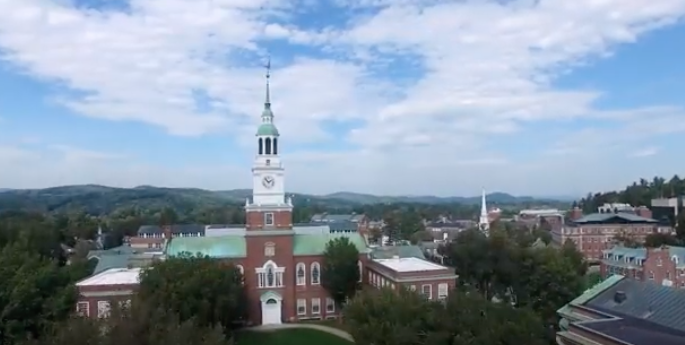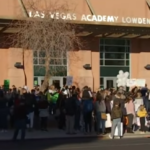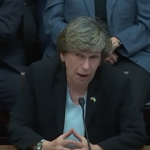Data shows college enrollment continues to fall

Even though the coronavirus pandemic is winding down, it does not mean that students will be rushing back to attend colleges and universities across the United States in the near future. According to recently-released data by the National Student Clearinghouse, both undergraduate and graduate enrollment rates continue to decline.
NPR reported about the drop in college enrollment in a recent article, which noted how college students have other options than the traditional brick-and-mortar higher education institutions.
The clearinghouse said that the enrollment figures continue to fall for undergraduate to the tune of 1.1% between fall 2021 and fall 2022, but this adds to several consecutive years of declining enrollment decline since fall 2020. By the same estimates, over 1 million students have not enrolled in undergraduate higher education institutions.
When distinctions of colleges and universities were taken into account, such as private non-profit versus public or for-profit colleges, none were exempt from declining enrollment. Community colleges, on the other hand, had the smallest decline in enrollment of 0.4% from 2021 to this year. But, during the pandemic, community colleges suffered double-digit decline in enrollment.
Due to the increased availability of online school options and not needing to move to take college classes, as some surmised, have contributed to the lackluster enrollment figures. Several major factors are on prospective students, such as student loan debt, out-of-control college tuition costs, and more demand for workers in a post-pandemic economy, are influencing decisions to not enroll in college.
The clearinghouse added that the “lost freshmen” class of 2020 and 2021 are not coming back anytime soon.
Graduate school enrollment remains above pre-pandemic levels, but has fallen between 2020 and 2021 due to reasons such as more demand for workers in a post-pandemic economy. Sometimes, graduate school is a stopgap for undergraduates who have not entered the job market for one reason or another, but the current economy may be pulling potential graduate students away from higher education.
One of the odd consequences of the pandemic was the creation of innovation at some colleges, such as increasing the number of online classes and degrees, which gave students more bang for their buck. Now, instead of traveling to a college campus, students are empowered to study in the comfort of their own home and learn the same material as students attending classes in-person.
Skyrocketing student loan debt and tuition are concerning factors for prospective students and colleges are not providing satisfactory answers to these issues. Thus, enrollment may continue to decline until colleges have to further innovate to attract students.




